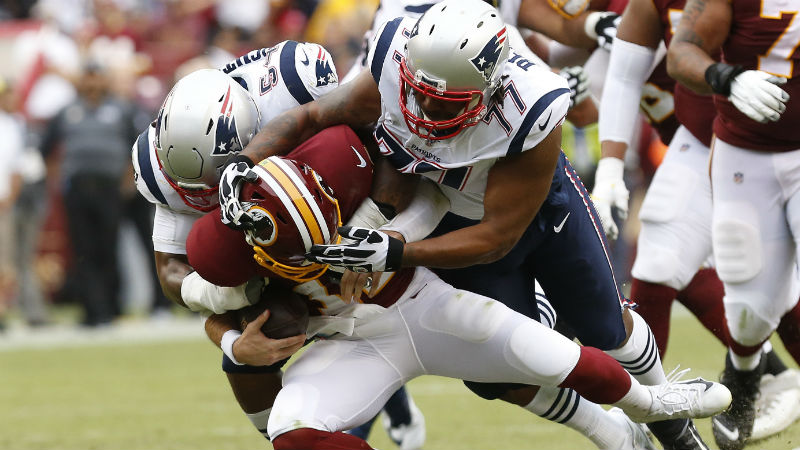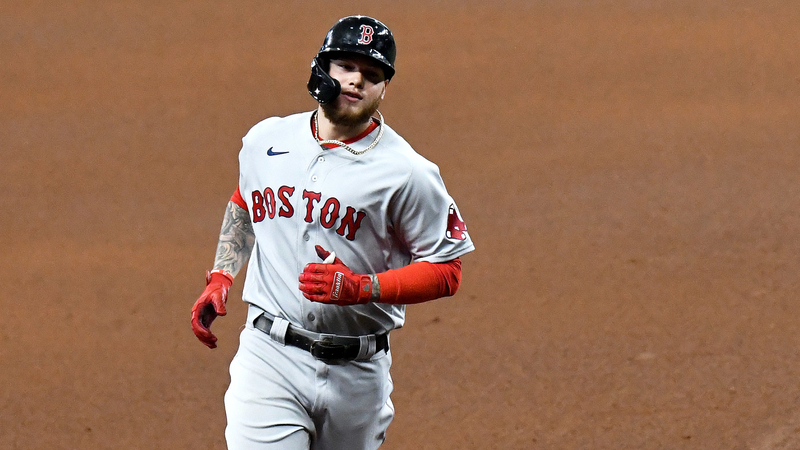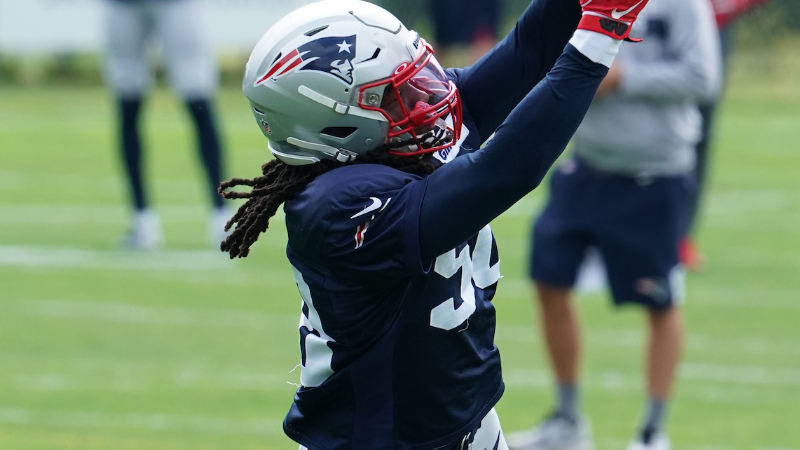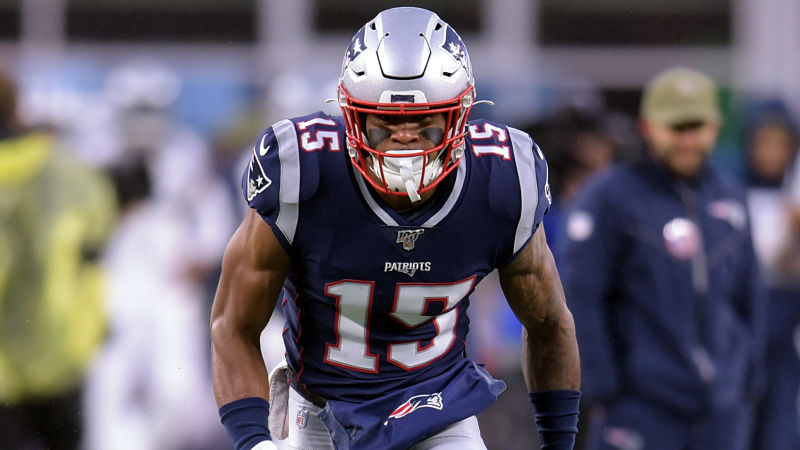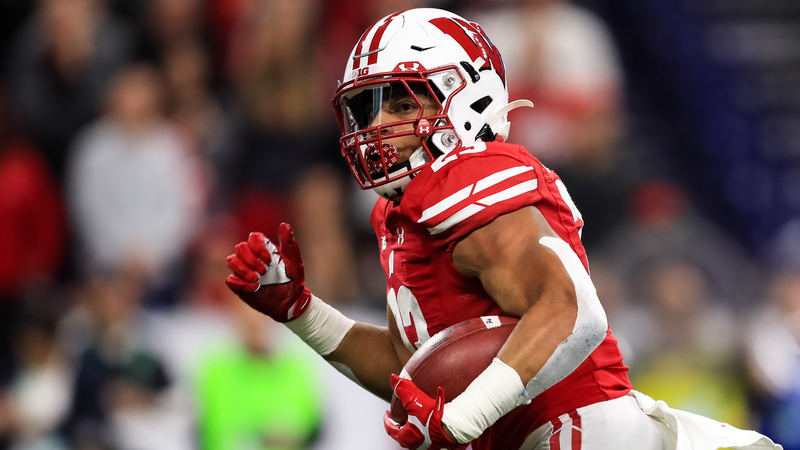At long last, we’ve seen Tacko Fall in a non-summer league NBA game. So finally, some assessments can be made about how his game translates from college.
The 7-foot-5 (not 7-foot 6 or 7-foot-7, mind you) big man checked in during the fourth quarter of the Boston Celtics’ eventual 107-106 victory over the Charlotte Hornets on Sunday. In the 8:14 he was on the floor he provided a look into both the good and bad ends of the game as he competes for the Celtics’ 15th roster spot.
[nesn_embed_the_score team=”celtics”]
So what are the big takeaways? Why don’t you join us for this film review. Below is the video we’ll be using in this review, but if you want to click on each clip and directly to the correct timestamp you can.
This play could’ve gone smoother had Tremont Waters found Fall right after he set the pick, but nevertheless, Fall’s willingness to go to the perimeter and set screens is promising. Even for his height, he’s quick enough to get back to the rim in good time, meaning he’s not totally taking himself out of the play by going to the 3-point line. It seems clear his awareness with the ball requires improvement, as a defender crashing across the baseline to double him up might not happen in college, but NBA players will be wise enough to do that.
It should go without saying, but good things will happen when he gets to the rim. Fall caught all five defenders watching the ball and was cognizant enough to trail Waters to the basket. Even if he didn’t get the putback dunk, he wouldn’t have had an issue corralling the offensive board.
Here’s where the length really comes into play. Fall tracks Kobi Simmons while keeping his head on a swivel to follow Bismack Biyombo’s path to the net. When it becomes clear that Simmons is going to shoot because the passing lane has been blocked off, Fall fully commits to Simmons and makes the shot block. Fall’s ability to move laterally is pivotal in this play, as it allows him to more or less guard two players before eventually needing to commit to one.
Over-committing is where Fall will have to be careful. Once he leaves his feet he’s taking himself out of the play, especially when it’s a pass into the paint. NBA players can move the ball deftly enough to work around Fall in such cases, and in this particular instance it left Biyombo open right under the rim.
With Brad Wanamaker as the guard this time around, the pick and roll goes better. Fall effectively draws out Biyombo while also setting a successful screen, then quickly gets himself to the paint. Wanamaker, despite being under pressure, does well to get the ball to Javonte Green. Even if Wanamaker tries to force the ball to Fall instead of Green, there’s a clear mismatch as 6-foot-7 P.J. Washington is left to guard Fall. Upon gaining possession, Fall’s patience with the ball allows him to get a decent look instead of just turning and shooting.
Fall gets called for a foul here, and he probably should get used to that. Given his height advantage over everybody, he’ll probably never get the benefit of the doubt on something that looks remotely close to a shove.
Again, Fall’s mobility will be what earns him a roster spot somewhere. In this particular situation, Ahmed Hill gets the ball on the run from beyond the 3-point line and gets to the rim with speed. Fall is at the elbow facing Hill when he gets the ball, but he’s able to retreat and not let Hill burn him. Also of note about Fall’s shot-blocking ability is that he’s not bad at keeping the ball in play and collecting his own rebound. In this case, it leads to an opportunity in transition, with Green eventually putting down a dunk in space, even though Fall’s initial pass was a bit reckless.
This goes back to knowing how much to commit. When Simmons and Fall get tangled up, Simmons has pretty much nowhere to go. If Fall stays back and just keeps forcing Simmons to the baseline without fully engaging, there will be no choice for Simmons but to force a bad pass.
A play such as this might allow teams to leave Fall alone in the perimeter. He’s hardly a sure ball handler, and that, coupled with his underwhelming shooting ability, means he really doesn’t need] to be defended beyond a few feet from the rim. This could be a potential problem in a Brad Stevens system, where every player is, to a degree, looked upon to handle the ball a least a little bit bit.
Here are the final takeaways:
— It’ll be interesting to see if teams stop following Fall out to the 3-point line. Oftentimes it led to a pick-and-roll, because at the moment he’s not much of a shooting threat. Fall was creating space for himself after setting picks, but a team keeping their center at the rim instead of following him might lead to different results.
— Fall’s free throw shooting really needs to improve. He could be useful in scenarios where a rim presence is needed, particularly late in games, but he becomes a liability on the offensive end if teams are going to be able to just hack him. He shot 43 percent from the line in college and was 1-2 on Sunday, but if he can develop in that area it would be beneficial.
— This might be a strong take on October 8, but an NBA team will take a chance on Fall, even if it’s not the Celtics. He’s on an Exhibit 10 deal right now, so he’d have to pass through waivers in order to end up with the Maine Red Claws of the G League after camp. The chance of him clearing seems highly unlikely, as some team (presumably one not ready to contend) might be willing to exhaust a roster spot on Fall and develop him in hopes of having a useful NBA player down the road. Even for his shortcomings, the tools, work ethic and potential is there to make taking a chance on him reasonable.

